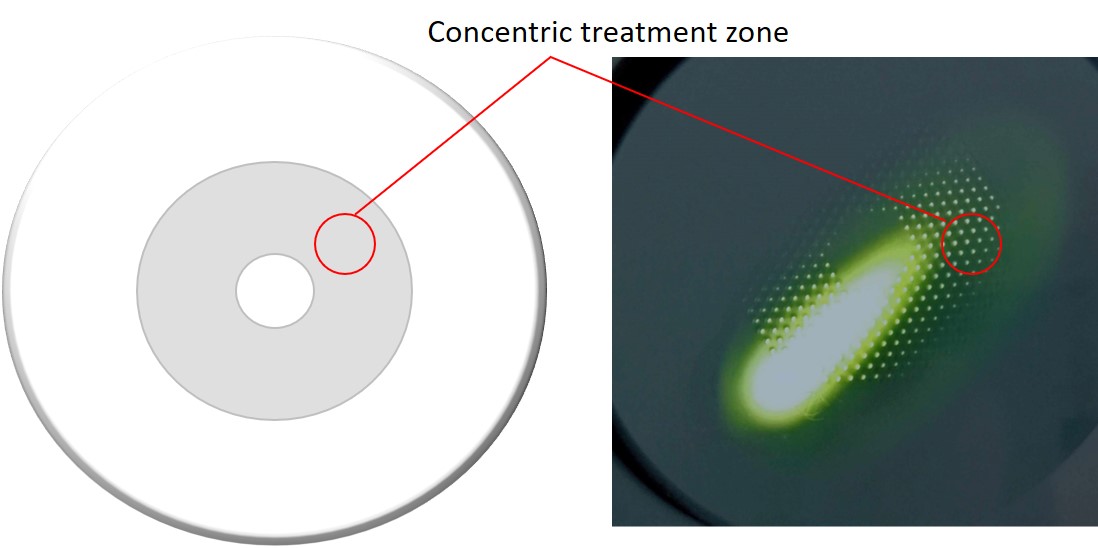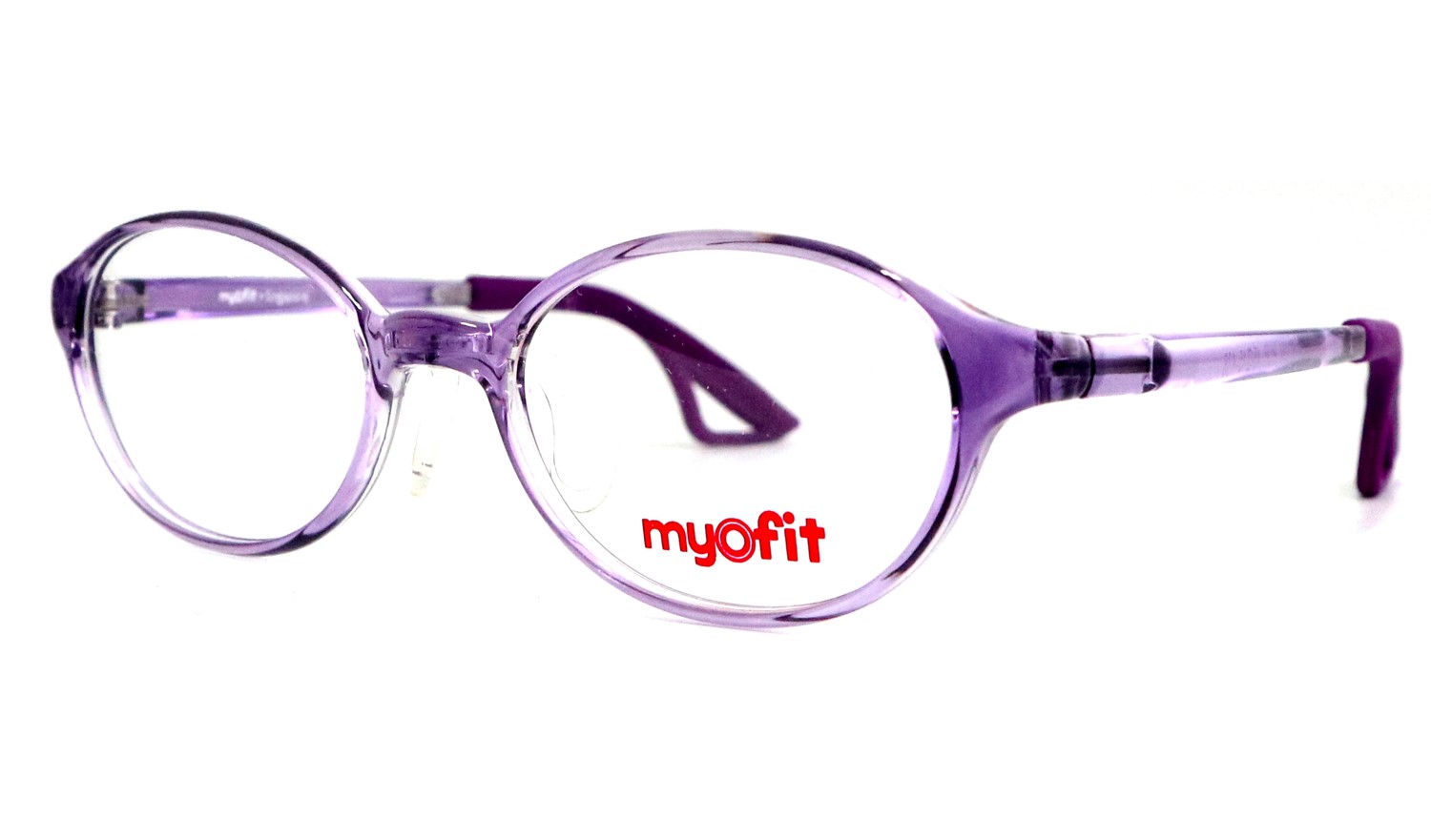Blog | A practical consideration to selecting frames for Miyosmart myopia control lenses
Research in myopia control using optics and advances in lens cutting technology has led to the introduction of Hoya Miyosmart myopia control lenses. Due to the research and technology used in the development and production of Miyosmart, it is currently the most expensive eyeglasses lens for controlling myopia progression. Clinical studies have shown that Miyosmart is able to reduce the eye axial elongation by more than 60% compared to children using single vision lenses [Lam et al 2019]. Given the price of the lens, it is wise to select frame designs that can maximize treatment outcome.
 Fig 1. Hoya Miyosmart treatment zone |
From a sales perspective, no frame requirement is the best as this would give parents and children the freedom to choose any frames and hence a greater likelihood of clinching a sale. However, as with any engineered optics, there will be criteria to get the best outcome. First, it is important to understand the profile of Miyosmart. The design of the lens is a central clear zone and a concentric peripheral defocus zone.
The arrangement of the multiple segments dimpled zone for projection of defocus image is a concentric area around the central clear zone and this should be considered during selection of frame shape. Afterall, the high cost of the lenses comes from the technology to create such segments. Further, it is the defocus image projections from the individual segments that aid in controlling the progression of myopia. Therefore, selecting a frame shape that can fully accommodate the concentric dimpled zone will certainly improve treatment outcome.
For better coverage of the eyes with the treatment zone of the lenses and probably due to the treatment zone limited concentric area on the lenses, Hoya had recommended a vertex (lens to eye) distance of 10 mm. However, due to the low nose bridge of most children, it may be a challenge to maintain such proximity without the glasses slipping.
As with any optics, a fundamental requirement of the frame is that it sits correctly in front of the eyes so that the optical axis of the lens is in alignment with the eyes. That means the frame needs to sit properly without any slippage after the lenses have been fitted on. In animal studies on the effect of peripheral defocus on controlling eye axial elongation, the lenses are typically fixed onto the eyes using goggles or other apparatus such that it does not move [Tepelus et al 2012] and these studies typically show significant differences in the treatment outcome. Slipping glasses would bring the optical axis center of the lens out of alignment of the center of the eye. This may also reduce the amount of defocus images projected onto the retina and lessen the efficacy of the treatment. Therefore, selecting a frame that is designed to be stable and non-slipping is vital to ensure the best treatment outcome.
For convex lenses used in myopia correction, they are thinnest in the middle and are thickest at the outer rim. Since the amount of material contributes to the weight of the lens and this in turn causes the frame to slide down the nose, having a frame shape that fully accommodates the treatment zone with the least excess beyond it will reduce the likelihood of the glasses slipping down the child's nose.
There are many frames in the market in all different shapes, sizes and functionality. One of them that is suitable for Miyosmart, taking into consideration the above factors is the Myofit MF0002 model. It can be seen from the diagram that the shape Myofit MF0002 is able to adequately accommodate the concentric treatment zone on the lenses. Myofit eyewear comes with anchor tips that help to provide better support from the temple. The rubberized nosepad which can be adjusted by heating will also help to provide support on the nose.
 Fig 2. Myofit frame MF0002 compatibility with MiyoSmart lens |
22 March 2021
Updated. -
Reference
- Lam CSY et al Defocus Incorporated Multiple Segments (DIMS) spectacle lenses slow myopia progression: a 2-year randomised clinical trial. Br J Ophthalmol 2020; 104: 363-368. Link
- Tepelus et al. Effects of lenses with different power profiles on eye shape in chickens. Vision Research 2012; 54: 12-19. Link
Read also
14 July 2018
26 July 2018
27 January 2018

